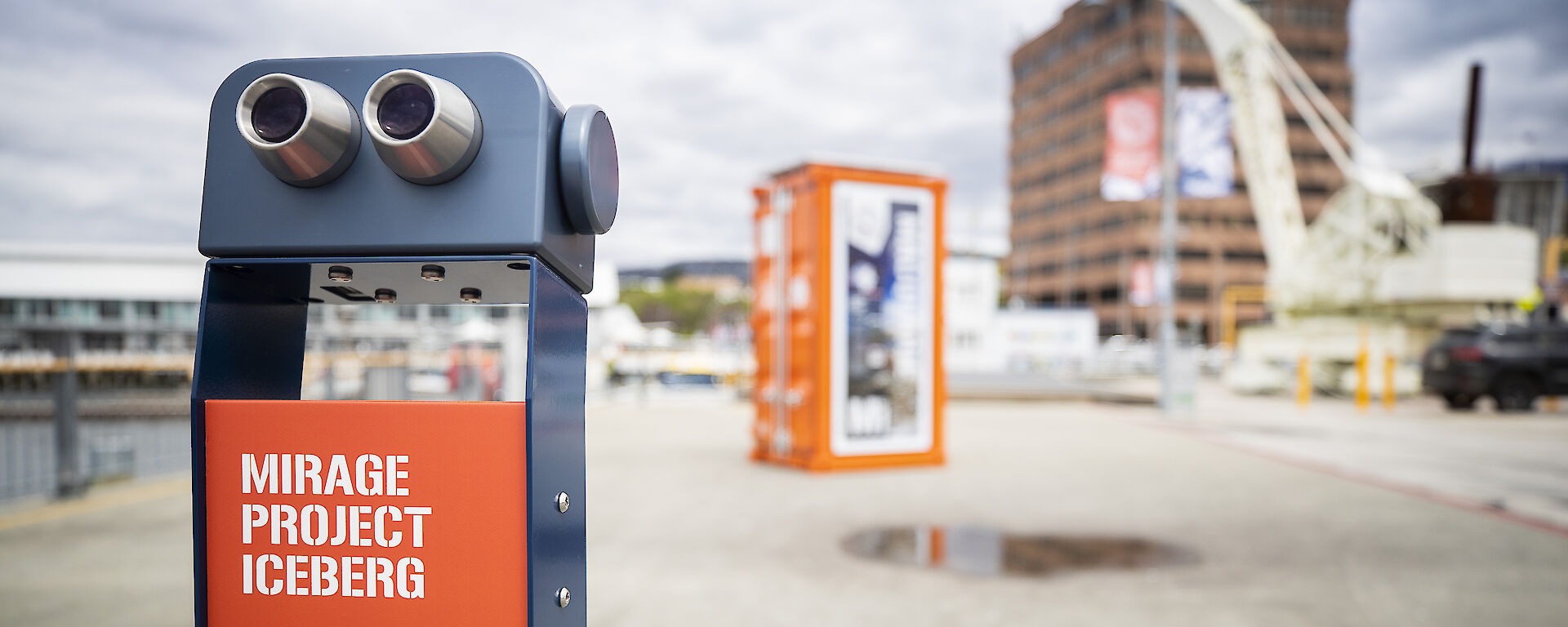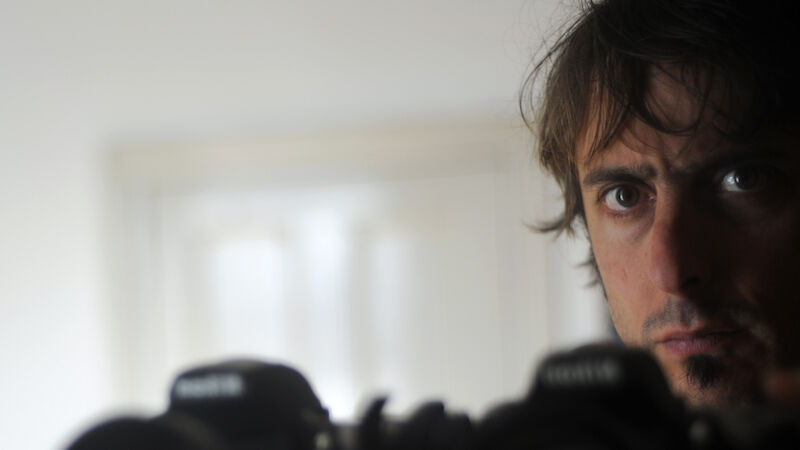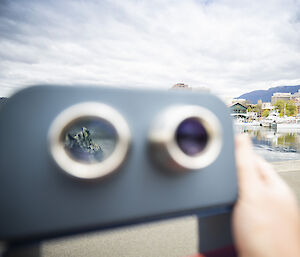Meet David Burrows
David Burrows was the first Australian to complete the 2 year post graduate program at the esteemed French contemporary art institute Le Fresnoy National Studio (2007). After which he was awarded a 2-year residency at the Cite International des Arts in Paris by the French Ministry of Culture (2007-2009), where he completed several new works as well as a commission overseen by Le Laboratoire.
Burrows’s short film morning/evening/morning (2006) has toured to several international film festivals as well as being sold to Russian television. In his time in France he worked very closely with eminent filmmaker/artist Chantal Akerman, travelling to Shanghai and Siberia with her. He also made a short reportage on the forest activists in Tasmania which he sold to Franco-German television subculture show TRACKS screened on ARTE. While living in Paris, Burrows worked as artist assistant to renowned Japanese sound artist Ryoji Ikeda.
Burrows returned to Australia in 2010 with a sweep of local residencies including Bundanon, Nillumbik Shire's Laughing Waters and the La Trobe Universities Visual Arts Centre in Bendigo. In 2011 he was awarded the Australian Antarctic Arts Fellowship.
Burrows has been the recipient of several grants (Australia Council, Vic Arts, City of Melbourne, The Besen Family Foundation, Ian Potter Cultural Trust) and has been awarded numerous commissions by both private and public commissioners ranging from large-budget permanent public art works (Maribynong City Council 2014) to obscure experimental media projects (Tim Divine's SIPA project 2014).
Since 2012, Burrows has been engaged as a tutor in Melbourne University's Masters of Architecture elective subject Representing and Remembering Place.
Burrows was awarded the Australian Antarctic Arts Fellowship for the 2010/11 season. Logistic constraints delayed his travel to Antarctica until the 2011/12 season, when he travelled to Casey research station.
Arts Fellowship project
David Burrows travelled to Casey research station during summer 2011/12, where he stayed for a number of weeks. During this time, he worked on a project to capture the essence of an Antarctic iceberg.
The idea was to convey the extraordinary experience, sense of wonder and discovery inspired by "getting up close" to an iceberg.
During his time in Antarctica, Burrows collected material to produce an audio-visual installation using soundscapes and stereoscopic slide photographs. On returning to Australia, these were shown in specially fabricated outdoor stereoscopic viewers, placed in the same spatial layout as the positions of the original photos. By walking from viewer to viewer, participants effectively walk around the iceberg. The 3D photo in each viewer becomes a window onto a parallel world.
Find David Burrows’s work
David Burrows’s Australian Antarctic Arts Fellowship has inspired several works, most notably the large scale stereoscopic outdoor installation Mirage Project [iceBerg], commissioned by Federation Square (2012), and the Mirage Project [salt] for the 9th Mildura Palimpsest festival commissioned by LUMA (2013), as well as works for the Liquid Architecture Antactic Convergence Exhibition curated by Philip Samartzis (2012).
Mirage Project [iceBerg] has also been shown on Hobart’s waterfront and in Brisbane for the World Science Festival.




